Tank materials in washing machines: which are used and which are better?

The reliability and durability of modern automatic washing machines depends not only on the build quality, but also on the type of raw materials used in the manufacture of individual parts. One of the most important spare parts is the tank - if it breaks down, the equipment completely loses its functionality. This part is made from different materials, each of which has certain features, advantages and disadvantages.
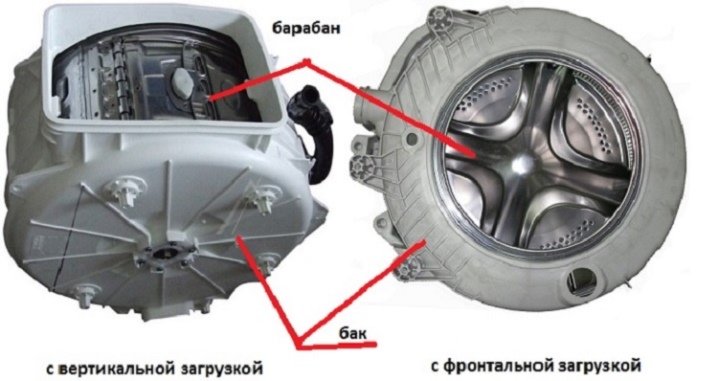
Features and purpose
Many owners of washing machines mistakenly assume that the tub and drum are the same part in household appliances. A drum is a container into which dirty things are put. It is always made of stainless steel. The tank is a container for the drum. Liquid, powders, conditioners and other detergents are poured into it.

All this enters the drum through special pipes.
Tanks are:
- collapsible;
- non-separable.
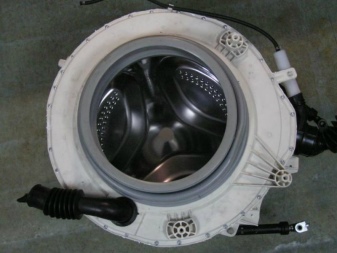

The first ones consist of two halves connected with each other with fasteners, and the second ones represent a one-piece non-separable structure.
The tank is an important part in any washing machine. Water is poured into it (depending on the model of the machine, from 30 to 60 liters). To exclude strong vibration during washing, spinning and rinsing, the tank is not rigidly attached to the body. To mitigate vibrations, springs are placed in the upper part, and a damping system in the lower part. For these purposes, manufacturers also install concrete counterweights on the tanks.
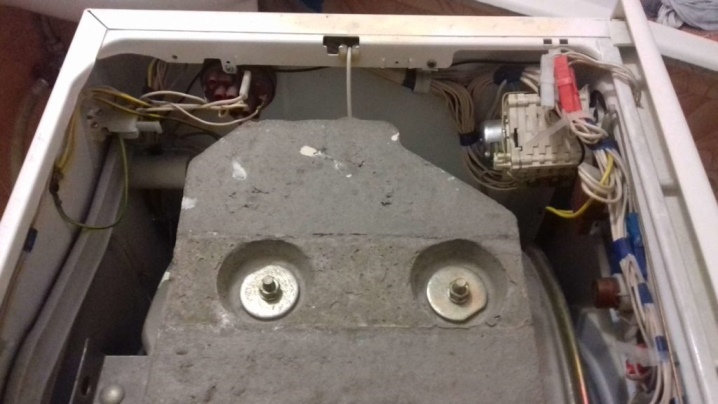
The washing machine tank takes on a tremendous load. It heats water, chemically aggressive detergents enter here, it can withstand sudden temperature changes. Therefore, the quality and durability of this part will depend on the type of raw material used in the production of tanks. Consider the most popular materials used by manufacturers.
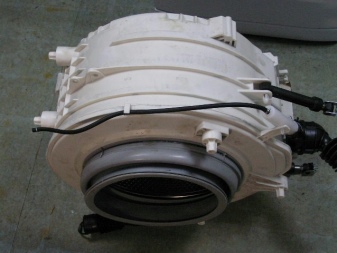
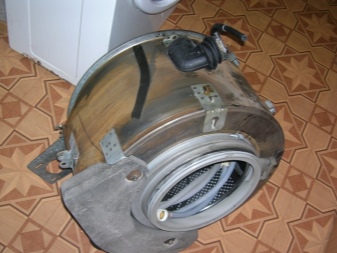
Types of materials
Tanks in modern washing machines are made of stainless steel, plastic, polinox and its derivatives. The material chosen by the manufacturer has certain features and affects both the cost of household appliances and their durability. Let's consider the advantages and disadvantages of each of the materials used.
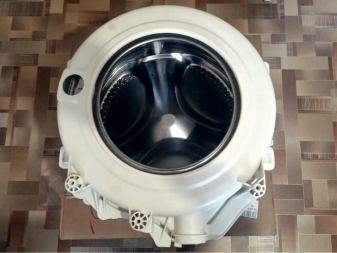
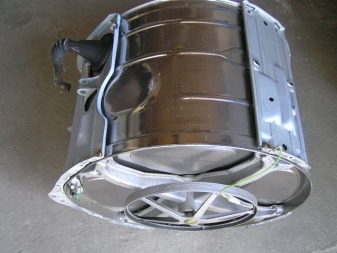
Stainless steel
The tank made of this material is characterized by increased strength and durability. The stainless steel part can withstand severe power and mechanical stress. The material is durable, does not corrode. It is believed that stainless steel tanks can last at least 100 years. However, other mechanical and electronic components of the washing machine will not be able to work for that long, so there is no particular point in such a durability of the stainless steel tank.
Stainless steel also has many disadvantages. The main disadvantage of tanks made of this material is its high cost.
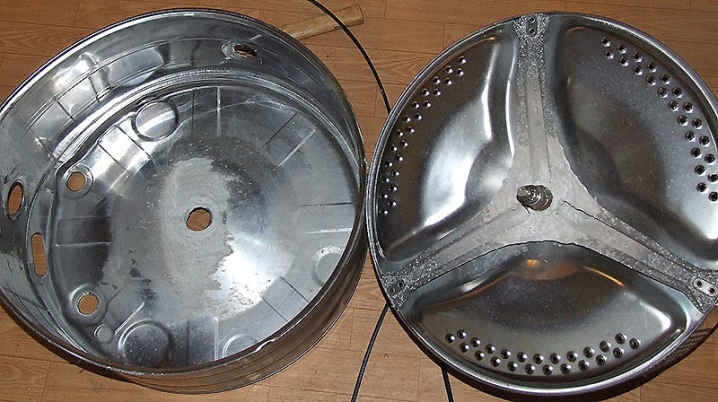
A high-quality welded stainless steel product cannot be cheap for the consumer. A tank made of this material makes loud noises during the operation of the machine, which is due to the inability of the stainless steel to dampen vibrations.
In addition, the disadvantages include high energy consumption. This is due to the fact that the water in the metal tank cools down quickly, which is why it needs to be frequently heated. Many people also dislike the weight of washing machines. For comparison, equipment with plastic tanks will weigh much lighter.
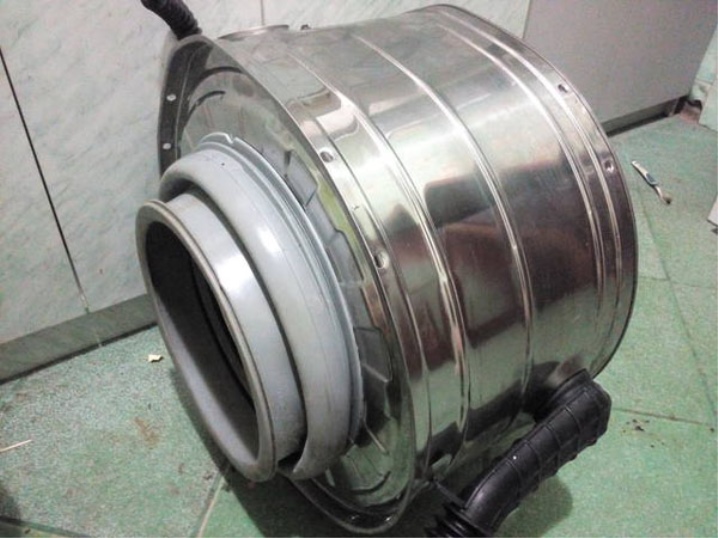
Plastic
Models of automatic machines with a plastic tank are very popular and are in second place in sales after units with a stainless steel tank. The high demand is due to the many advantages of plastic tanks. Let's consider the main advantages.
- Low cost. Washing machines with a plastic tank are cheaper than analogues with containers made of other materials.
- Low noise and vibration levels. Washing will be comfortable and quiet due to the ability of plastic to "absorb" sounds and well dampen vibrations that arise.
- Energy savings due to excellent thermal insulation. The water cools slowly in a plastic container, thereby eliminating the need for constant heating.
- Corrosion resistant - plastic is not afraid of rust, as well as the effect of chemically aggressive detergents for washing things.
- Lightness of a plastic tank, due to which the entire unit weighs significantly less. It is easy to remove in case of repair, which cannot be said about stainless steel tanks.

The biggest drawback of a plastic tank is its fragility.
The part can be easily damaged when transporting the unit or if small solid objects get between the drum and the container (for example, coins or buttons). Such damage requires replacing the tank, in some cases it may be necessary to purchase a new washing machine - both will require serious financial investments.

Polinox
This type of material belongs to polymers consisting of polypropylene and calcium carbide. It also contains components that help to reduce vibration and increase the thermal insulation properties of the drum. Polinox has a number of significant advantages. It is lightweight, cost effective and easy to handle.
Polinox tanks have all the advantages that are inherent in plastic containers. Such parts can serve for at least 30 years, subject to the rules of transportation and operation of the washing machine.
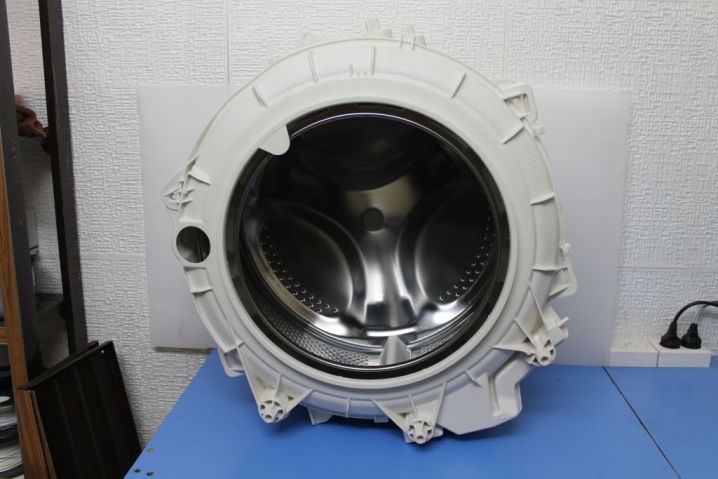
In addition to polinox, washing machine tanks are made from other materials that are similar in their properties. These include:
- carborane;
- silitek;
- carbotec;
- carferon.
These are composite materials with excellent performance characteristics.
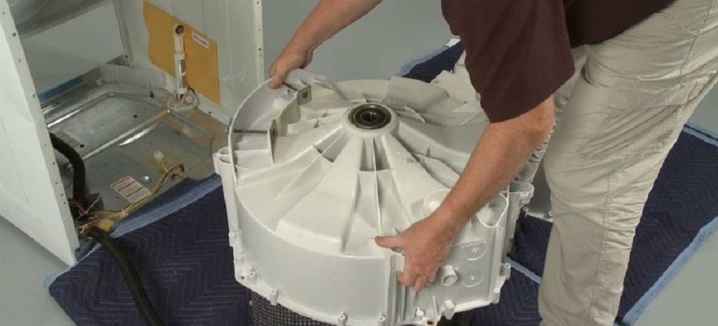
Metal
Metal tanks with an enamelled surface have long been discontinued by manufacturers of washing machines. but earlier this material was incredibly popular, which is why its features can also be considered in more detail. And in some houses there are still old models of cars equipped with metal tanks.
Metal containers are strong enough, they are not afraid of sudden temperature drops, exposure to chemically aggressive substances.
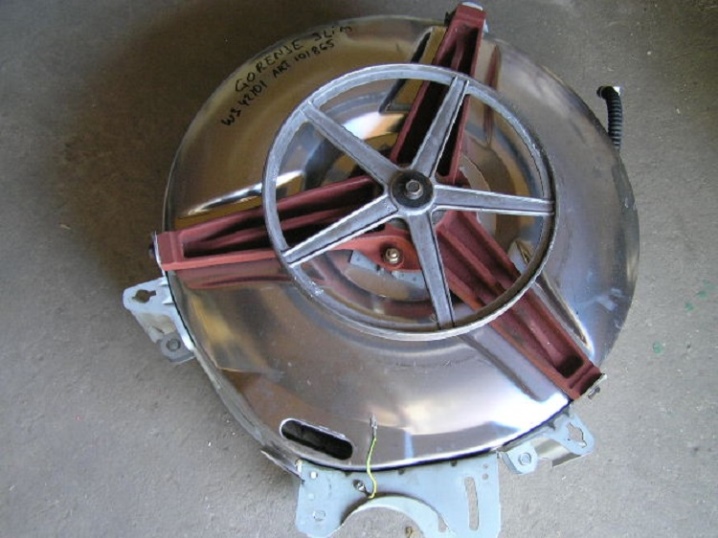
They will not be damaged during transportation or if small objects fall between the drum and the tank.
The disadvantages of such tanks include their weight and high risks of damage to the protective enamel layer. If this happens, the coating will begin to crumble, and the metal underneath will rust. As a result, leaks may appear. Due to a damaged part, you will have to completely change the household unit.
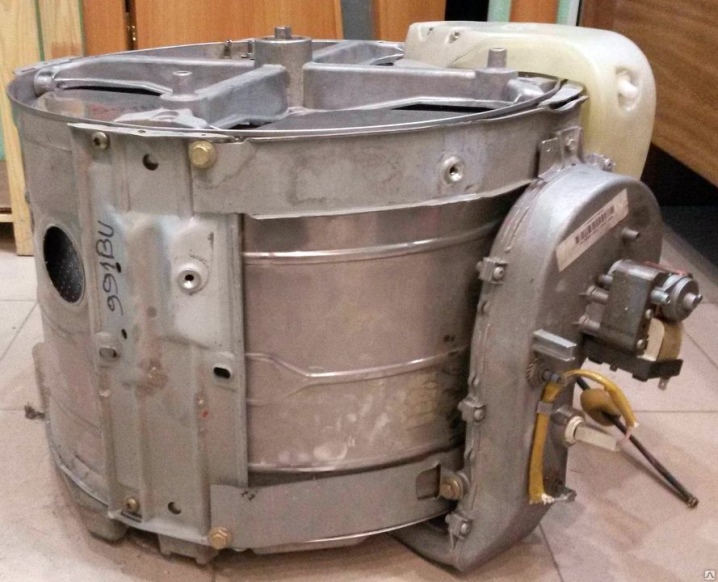
Which one is better to choose?
Of course, a stainless steel tank is considered the most reliable, strong and durable. But at the same time, it makes noise during washing, weighs a lot and affects the final cost of the washing machine. The plastic container is lighter and cheaper. Every year manufacturers increase the quality of plastic by adding substances to the raw materials that increase the strength and durability of the plastic tank. However, for those who often move, it is still recommended to give preference to models with stainless steel or carbotech containers (this material is about 1.5 times stronger than polinox).
Do not be afraid of new technologies and refuse to purchase washing machines with plastic or polymer tanks.
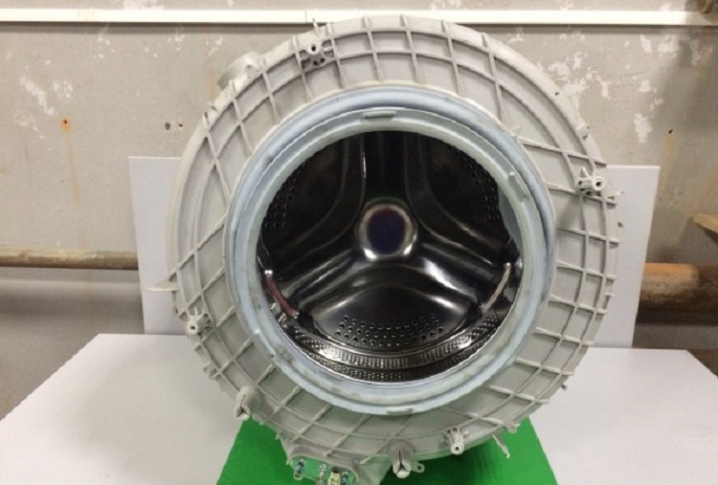
These are not the worst options, since they have much more advantages than disadvantages. Plastic tanks can last at least 30 years, and this is quite enough, since many change cars after 5-10 years after intensive use. To increase the durability of this part in household appliances, you should be extremely careful when transporting the washing machine, and also carefully check the pockets of clothes before washing.
For the disadvantages of a non-separable tank, see the video below.













The comment was sent successfully.